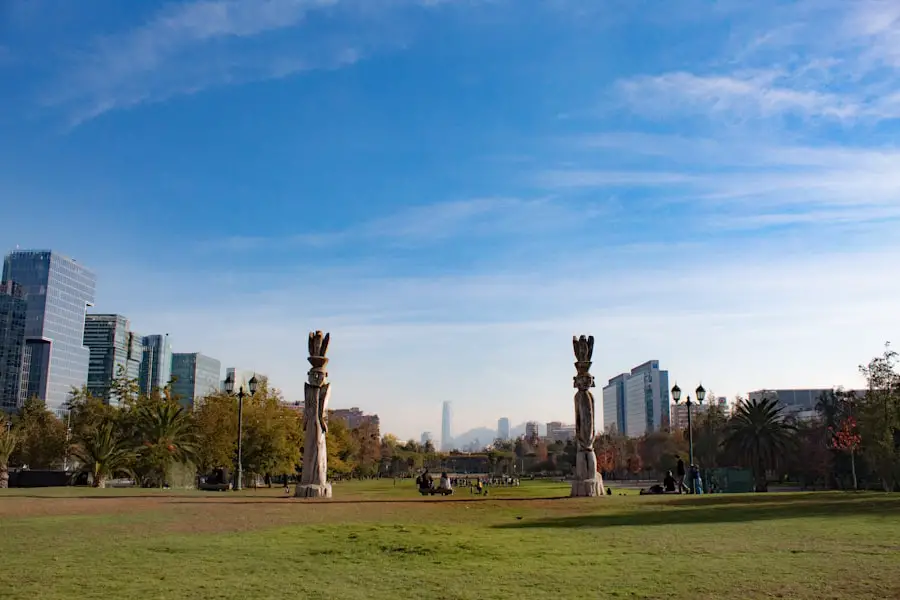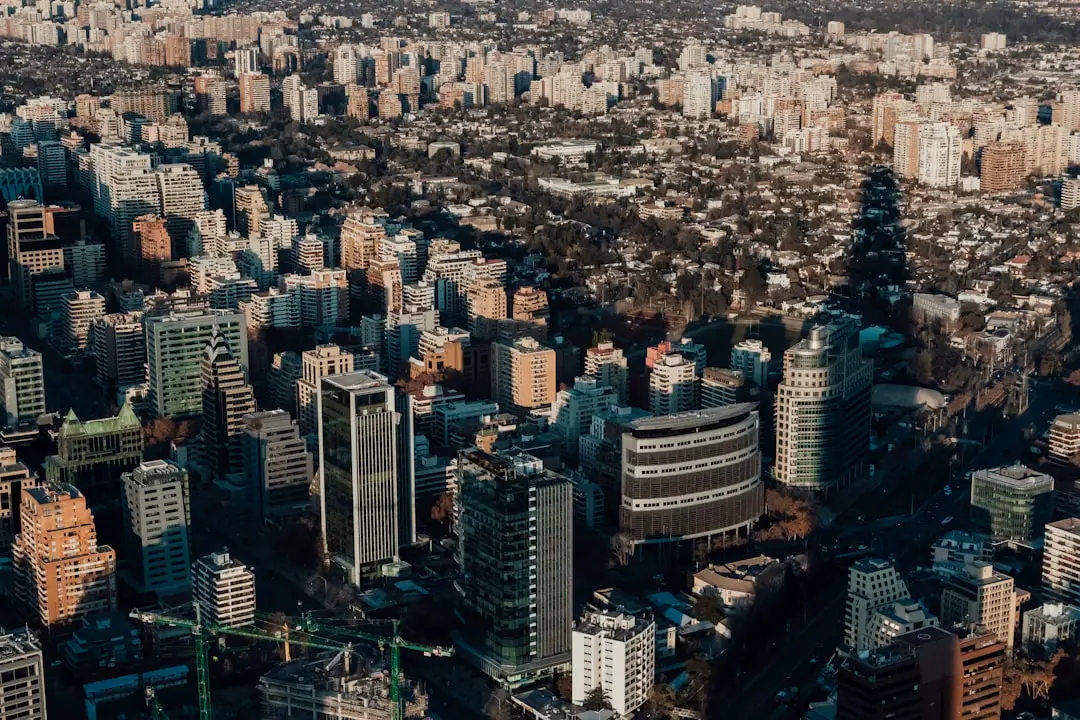The Swiss Alps transform into a breathtaking winter wonderland, where snow blankets the majestic peaks and valleys, creating a picturesque landscape that seems to be straight out of a fairy tale. The crisp air is filled with the scent of pine and the sound of crunching snow underfoot, inviting visitors to explore its enchanting beauty. Ski resorts such as Zermatt, St.
Moritz, and Verbier come alive during this season, offering world-class skiing and snowboarding opportunities. The iconic Matterhorn, often shrouded in a veil of snow, stands as a sentinel over the region, drawing adventurers and photographers alike to capture its stunning silhouette against the azure sky. Beyond skiing, winter in the Swiss Alps offers a plethora of activities that cater to all types of travelers.
Snowshoeing trails wind through serene forests, allowing for a peaceful exploration of the winter landscape. For those seeking a more exhilarating experience, ice climbing on frozen waterfalls presents a thrilling challenge. The charming alpine villages, adorned with twinkling lights and festive decorations, host Christmas markets where visitors can indulge in local delicacies like raclette and mulled wine.
The combination of outdoor adventure and cozy village life creates an unforgettable winter experience that captivates the heart and soul.
Key Takeaways
- Winter in the Swiss Alps offers a magical wonderland with opportunities for skiing, snowboarding, and cozy mountain retreats.
- Spring brings a burst of color to the Swiss Alps with blooming flowers, melting snow, and ideal conditions for hiking and outdoor activities.
- Summer in the Swiss Alps is perfect for outdoor enthusiasts with activities such as mountain biking, paragliding, and enjoying the stunning alpine scenery.
- Autumn in the Swiss Alps is a breathtaking experience with vibrant foliage, harvest festivals, and opportunities for hiking and wildlife spotting.
- The best time to hit the slopes in the Swiss Alps is during the winter months when the mountains are covered in snow and the ski resorts are in full swing.
Spring Awakening: Discovering the Swiss Alps in the Spring
As winter melts away, the Swiss Alps awaken in a vibrant display of colors and life during the spring months. The snow begins to recede, revealing lush green meadows dotted with wildflowers that burst into bloom, painting the landscape with hues of yellow, purple, and pink. This season is particularly magical as it marks the transition from the cold, stark beauty of winter to the warm, inviting charm of spring.
Hiking trails that were once buried under snow become accessible again, inviting outdoor enthusiasts to explore the breathtaking scenery. Spring is also a time for festivals and cultural events that celebrate the region’s rich heritage. The traditional “Alpabzug,” or cattle drive, occurs in late spring when farmers lead their cows down from the high pastures to their summer grazing grounds.
This event is not only a feast for the eyes but also an opportunity to experience local customs and taste fresh dairy products. The air is filled with the sound of cowbells and laughter as locals and tourists alike gather to witness this age-old tradition. Additionally, spring is an ideal time for paragliding, offering stunning aerial views of the blossoming valleys below.
Summer Escapes: Enjoying the Swiss Alps in the Summer

Summer in the Swiss Alps is a season of adventure and exploration, where the mountains come alive with activity under the warm sun. The snow-capped peaks provide a stunning backdrop for a variety of outdoor pursuits, from hiking and mountain biking to climbing and paragliding. Trails such as the E5 European long-distance path offer breathtaking views and challenging terrain for hikers seeking to immerse themselves in nature.
The alpine meadows are alive with vibrant flora and fauna, making it an ideal time for nature lovers to observe wildlife in their natural habitat. The summer months also bring a plethora of cultural events and festivals that showcase the region’s traditions and culinary delights. Local farmers’ markets brim with fresh produce, artisanal cheeses, and homemade pastries, allowing visitors to savor the flavors of the Alps.
Events like the Fête de l’Escalade in Geneva celebrate local history with parades, music, and food stalls. Moreover, summer is an excellent time for families to visit amusement parks like Adventure Park in Interlaken or take scenic train rides on routes such as the Glacier Express, which offers panoramic views of the stunning landscapes.
Fall Foliage: Experiencing the Swiss Alps in the Autumn
| Month | Average Temperature (°C) | Rainfall (mm) | Foliage Color |
|---|---|---|---|
| September | 15 | 80 | Green turning to yellow |
| October | 10 | 100 | Yellow turning to orange |
| November | 5 | 120 | Orange turning to red |
As summer fades into autumn, the Swiss Alps undergo a stunning transformation as foliage shifts from vibrant greens to warm shades of orange, red, and gold. This seasonal change creates a breathtaking tapestry that attracts photographers and nature enthusiasts alike. The crisp air carries the scent of fallen leaves and woodsmoke from cozy chalets nestled among the trees.
Hiking during this time offers a unique experience as trails are less crowded, allowing for peaceful contemplation amidst nature’s beauty. Autumn is also harvest season in the Swiss Alps, bringing with it an array of culinary delights. Local vineyards produce exquisite wines that can be sampled at various wine festivals held throughout the region.
The grape harvest culminates in celebrations where visitors can enjoy tastings paired with traditional Swiss dishes like fondue or rösti. Additionally, many mountain huts offer seasonal specialties made from freshly harvested ingredients, providing an authentic taste of alpine cuisine. The combination of stunning landscapes and gastronomic experiences makes autumn a truly enchanting time to visit.
Skiing and Snowboarding: Best Time to Hit the Slopes in the Swiss Alps
The Swiss Alps are renowned for their exceptional skiing and snowboarding opportunities, attracting winter sports enthusiasts from around the globe. The best time to hit the slopes typically spans from late December through early April when snowfall is abundant and conditions are optimal for skiing. Resorts like Verbier and Zermatt boast extensive ski areas with well-groomed pistes catering to all skill levels, from beginners to advanced skiers seeking challenging runs.
In addition to traditional skiing, many resorts offer snowboarding parks equipped with jumps, rails, and halfpipes for those looking to showcase their skills. The après-ski culture is also an integral part of the experience; cozy mountain lodges serve up hearty meals and warming drinks after a day on the slopes. Events such as ski competitions and freestyle shows add excitement to the winter season, making it an exhilarating time for both participants and spectators alike.
Hiking and Outdoor Activities: Ideal Seasons for Adventurous Explorations

The Swiss Alps are a hiker’s paradise, offering an extensive network of trails that cater to all levels of experience. While summer is often considered peak hiking season due to favorable weather conditions and accessible trails, spring and autumn also present unique opportunities for outdoor exploration. In spring, as snow melts away from lower elevations, hikers can enjoy blooming wildflowers along trails that wind through lush valleys.
The moderate temperatures make it an ideal time for those who prefer milder conditions while still experiencing breathtaking views. Autumn hiking offers its own set of advantages; cooler temperatures make long treks more comfortable while vibrant fall colors create stunning vistas that are simply unforgettable. Trails like the Aletsch Glacier hike provide panoramic views of one of Europe’s largest glaciers while showcasing the changing foliage surrounding it.
Additionally, many mountain huts remain open during these shoulder seasons, allowing hikers to enjoy traditional meals while taking in spectacular views from high altitudes.
Festivals and Events: Seasonal Highlights in the Swiss Alps
Throughout the year, the Swiss Alps host a variety of festivals and events that celebrate local culture, traditions, and seasonal changes. In winter, events like Christmas markets fill towns with festive cheer as locals sell handmade crafts and delicious treats such as gingerbread cookies and hot chocolate. The FIS Ski World Cup held in various resorts showcases elite athletes competing on some of the most challenging slopes in the world.
As spring arrives, festivals celebrating local customs come alive; one notable event is the “Fête de la Tulipe” in Morges where thousands of tulips bloom in vibrant colors against the backdrop of Lake Geneva. Summer brings music festivals such as Montreux Jazz Festival that attract international artists and music lovers alike. In autumn, harvest festivals celebrate local produce with food tastings and traditional music performances that highlight regional specialties.
Weather and Climate: Understanding the Conditions for Traveling to the Swiss Alps
Understanding the weather and climate conditions in the Swiss Alps is crucial for planning any trip to this stunning region. The climate varies significantly depending on altitude; lower valleys experience milder temperatures while higher elevations can be much colder year-round. Winter temperatures can drop well below freezing at higher altitudes, making it essential for visitors to dress appropriately for outdoor activities.
Summer months typically see pleasant weather with temperatures ranging from 15°C to 25°C (59°F to 77°F) at lower elevations; however, sudden weather changes can occur due to altitude variations. Rainfall is common during spring and autumn months; thus travelers should be prepared for wet conditions when hiking or engaging in outdoor activities during these seasons. By understanding these climatic nuances, visitors can better prepare for their adventures in this breathtaking alpine paradise.
If you are planning a trip to the Swiss Alps, you may want to consider the best time to travel to make the most of your experience. According to a recent article on com/best-ultralight-tent-for-backpacking/’>TakeTravelInfo, the best time to visit the Swiss Alps is during the summer months when the weather is mild and the hiking trails are open.
This is also a great time to camp in the mountains and enjoy the stunning scenery. Additionally, having a reliable ultralight tent for backpacking can enhance your outdoor experience in the Swiss Alps.
FAQs
What is the best time to travel to the Swiss Alps?
The best time to travel to the Swiss Alps is during the summer months, from June to September, when the weather is mild and the hiking trails are open.
What is the weather like in the Swiss Alps during the summer?
During the summer, the weather in the Swiss Alps is generally mild and pleasant, with temperatures ranging from 15°C to 25°C. However, it is important to be prepared for sudden changes in weather, including rain and cooler temperatures at higher elevations.
Are there any specific events or festivals to consider when planning a trip to the Swiss Alps?
Yes, there are several events and festivals that take place in the Swiss Alps during the summer, including the Swiss National Day on August 1st, as well as various music and cultural festivals. These events can add to the overall experience of visiting the Swiss Alps.
What activities are available in the Swiss Alps during the summer?
During the summer, visitors to the Swiss Alps can enjoy a wide range of outdoor activities, including hiking, mountain biking, paragliding, and visiting picturesque alpine villages. Additionally, there are opportunities for wildlife spotting and enjoying the stunning natural scenery.
Is it possible to visit the Swiss Alps during the winter?
Yes, it is possible to visit the Swiss Alps during the winter, particularly for skiing and snowboarding. However, the weather and accessibility to certain areas may be more challenging during this time, so it is important to plan accordingly.
